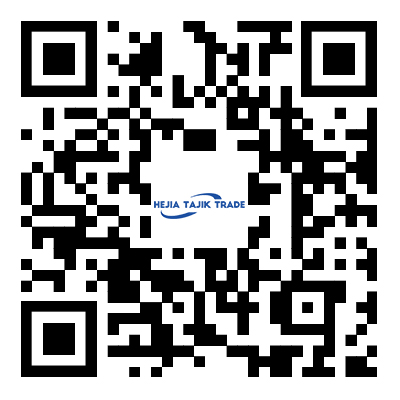Here's how laser displacement sensors typically work
2024-04-30
Laser displacement sensors, also known as laser distance sensors or laser rangefinders, are devices used to measure the distance between the sensor and a target surface by emitting a laser beam and detecting the reflection of that beam. These sensors are widely used in various industries for applications such as dimensional measurement, position control, surface profiling, and object detection. Here's how laser displacement sensors typically work and some of their key features:
1. Principle of Operation: Laser displacement sensors operate based on the principle of triangulation. They emit a laser beam towards the target surface, and the beam reflects off the surface and returns to the sensor. By measuring the angle of the reflected beam relative to the emitted beam and knowing the distance between the sensor and the receiver, the sensor can calculate the distance to the target surface.
2. Components: A laser displacement sensor consists of several key components, including a laser diode or semiconductor laser that emits the laser beam, optics to focus and direct the beam towards the target, a photodetector to receive the reflected beam, and signal processing electronics to calculate the distance based on the detected reflection.
3. Measurement Range: Laser displacement sensors can typically measure distances ranging from a few millimeters to several meters, depending on the specific model and application requirements. Some sensors offer adjustable measurement ranges or multiple measurement modes to accommodate different distances and target surfaces.
4. Accuracy and Resolution: Laser displacement sensors provide high accuracy and resolution, allowing precise measurement of distances down to micrometer or sub-micrometer levels. The accuracy and resolution depend on factors such as the quality of the optics, the wavelength of the laser beam, and the signal processing algorithms used.
5. Speed: Laser displacement sensors offer fast measurement speeds, enabling real-time monitoring and control of moving objects or processes. The measurement speed is typically expressed in terms of the frequency of measurements per second or the response time of the sensor.
6. Environmental Considerations: Laser displacement sensors may have specific requirements or limitations related to environmental factors such as ambient light, temperature, humidity, and the reflective properties of the target surface. Some sensors are designed to operate reliably in harsh industrial environments or outdoor conditions.
7. Output Options: Laser displacement sensors may provide various output options for communicating measurement data to external devices or systems, such as analog voltage or current signals, digital interfaces (e.g., RS-232, RS-485, Ethernet), or wireless communication protocols.
8. Applications: Laser displacement sensors find applications in diverse industries such as manufacturing, automotive, aerospace, robotics, electronics, and research. They are used for tasks such as quality control, dimensional inspection, position feedback, surface profiling, thickness measurement, and object detection.
Overall, laser displacement sensors offer precise, non-contact measurement capabilities for a wide range of industrial and scientific applications, helping to improve quality, efficiency, and productivity in various processes and systems.



